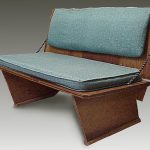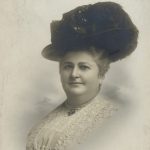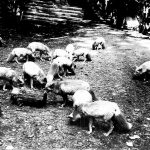The “Real” Inventor
Although Stephen M. Babcock has been immortalized for his work on the butterfat test that received his name, it was not really his idea. The Babcock test was originally conceived by the forgotten man of the dairy industry, Frederick Garland Short. Short, an agricultural chemist, was hired by the University of Wisconsin Agricultural Experiment Station in 1884, and over the next few years worked on studies including the nutritional values of hay and silage, the effect of de-horning cows on milk production, and the accuracy of the “oil test churn” method of measuring butterfat in milk.
The Problem of Butterfat
Butterfat is a crucial ingredient in butter and cheese; butter contains at least 80% butterfat, and cheddar cheese contains at least 50% fat relative to its total solids. In other words, more butterfat in milk increases the yields of creameries and cheese factories. One of the biggest problems facing dairy producers was the best way to pay farmers for their milk. Most paid by weight, which invited watering down the milk or skimming off the cream. Checking samples with a lactometer could show a suspicious specific gravity, but could not determine why. Even if watering was not involved, creameries could not easily identify inherently richer milk. Until there was a way to reward the best farmers for higher butterfat milk, innovation and improvement in the dairy industry were at a standstill.
Research Efforts
By the 1880s, measuring butterfat was an active field of research, and scientists developed several different butterfat tests. The most accurate, but very time-consuming, test involved churning a milk sample into butter, then melting it and measuring the oil. In his 1888 publication, “A New Method for Determining Fat in Milk,” Short suggested a much simpler approach: use a chemical agent to separate the cream from milk, then centrifuge the sample to collect the butterfat. As Short developed his proposal in Wisconsin, Babcock was himself investigating milk chemistry at the New York Agricultural Experiment Station in Geneva, New York. Babcock was lured to Madison in 1888, to become professor of agricultural chemistry at the University and chief chemist at the Wisconsin Agricultural Experiment Station.
Perfecting the Test
There is little evidence to say how Short and Babcock got along, but Short resigned from the Experiment Station about a year after Babcock’s arrival. Short then became the first chemist for the Wisconsin Dairy and Food Commission, where he tested products for purity and adulteration. In January 1890, the Dean of the College of Agriculture, William Henry, persuaded Babcock to develop Short’s proposal into a practical method. There were numerous of questions to answer: What volume of milk to use? What reagent worked best? How would temperature affect accuracy? What special equipment would have to be developed?
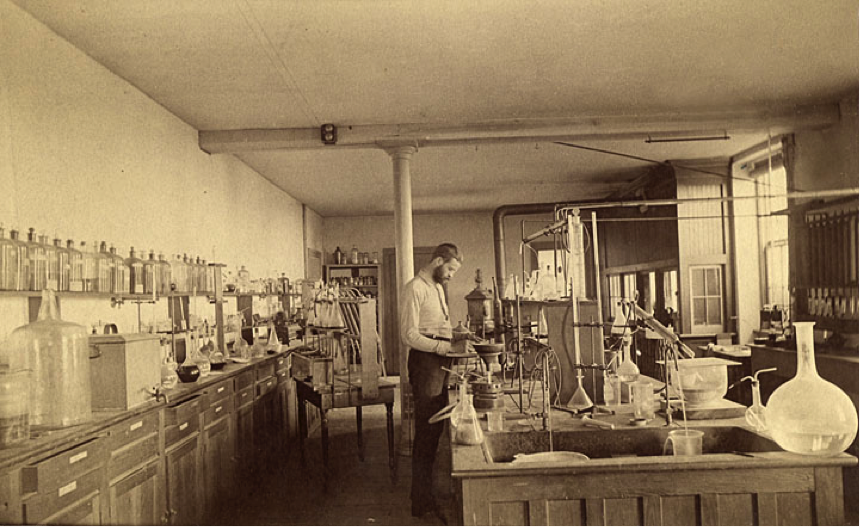
By dogged testing, revision, and more testing, Babcock turned Short’s theory into an inexpensive, simple, and reliable procedure. Babcock published his improved method in 1890, but refused to patent it. By providing a simple, accurate, and inexpensive way to assess milk quality and to pay farmers accordingly, the Babcock butterfat test transformed the quality and profitability of the dairy industry in the United States.
Written by David Driscoll.
SOURCES
Alexander, A.S. (Alexander Septimus). A History of the Wisconsin Agricultural Experiment Station. Part I: the Directorship of William Arnon Henry from 1880 to 1907 (1935).
Babcock, S.M. “A New Method for the Estimation of Fat in Milk, Especially Adapted to Creameries and Cheese Factories,” in Bulletin of the University of Wisconsin Experiment Station, no.24 (July 1890).
McCollum, Elmer V. “Stephen Moulton Babcock,” Wisconsin Academy Review Vol. 5, No. 4 (Fall 1958), 162.
Short, F. G. A New Method for Determining Fat in Milk (Madison, Wis.: University of Wisconsin, Agricultural Experiment Station, 1888).
Wisconsin Historical Society. “Stephen Babcock, 1843-1931,” Online Essay.
RELATED STORIES
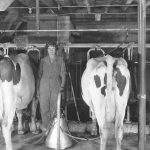
Becoming the Dairy State
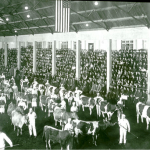
The Babcock Tester and the Wisconsin Idea
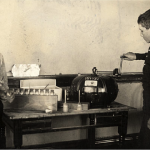
How Does a Babcock Tester Work?
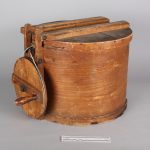
OBJECT HISTORY: Babcock Butterfat Tester

